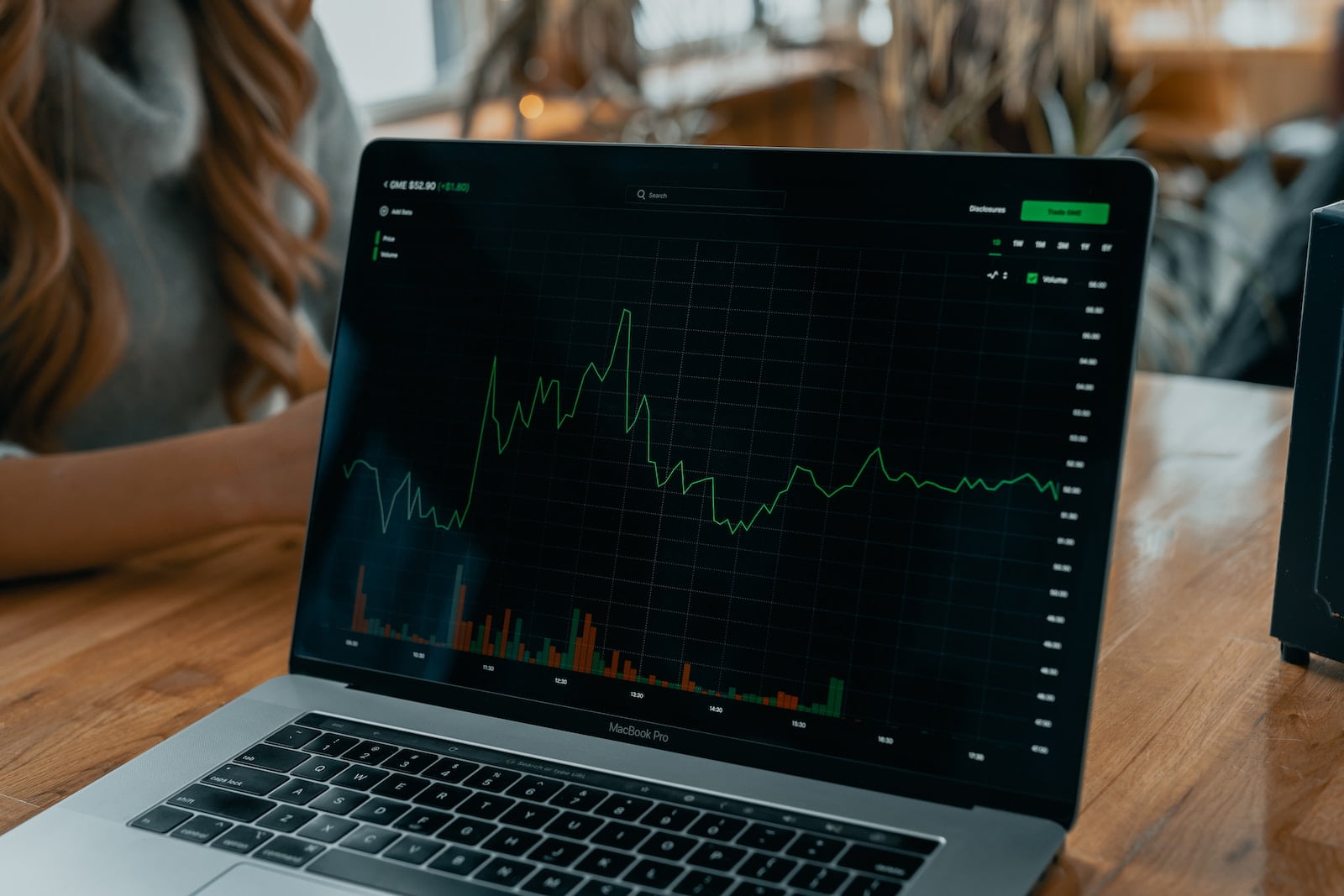
Backtesting Strategies: The Key to Successful Trading
Successful trading in financial markets requires a solid strategy, and one of the most crucial steps in strategy development is backtesting. Backtesting involves testing a trading strategy using historical market data to assess its viability and profitability. In this article, we will explore the importance of backtesting in trading, the steps involved, and best practices to ensure accurate and meaningful results.
What is Backtesting?
Backtesting is a systematic process of evaluating a trading strategy’s performance by applying it to historical market data. The primary goal is to assess how the strategy would have performed in the past, providing insights into its potential for future success.
Importance of Backtesting
Risk Assessment: Backtesting helps traders understand the risk associated with a strategy. It reveals the maximum drawdowns and potential losses, allowing traders to determine if the risk is acceptable.
Strategy Optimization: By analyzing past performance, traders can identify weaknesses in their strategies and make necessary adjustments or improvements.
Confidence Building: Successful backtesting builds confidence in a trading strategy, as traders can see how it has performed over different market conditions.
Objective Decision-Making: Backtesting provides objective data to support trading decisions, reducing emotional biases.
Steps for Backtesting
Define the Strategy: Clearly define the trading strategy, including entry and exit criteria, risk management rules, and position sizing.
Data Collection: Gather historical market data, including price, volume, and other relevant information. Ensure the data is accurate and covers the desired timeframe.
Set Parameters: Input the strategy parameters into a backtesting platform or trading software. This may involve coding if using custom-built systems.
Run the Backtest: Execute the backtest over the chosen historical data, following the defined rules. Track every trade, entry, exit, and position sizing.
Analyze Results: Review the backtest results, including performance metrics such as profit and loss (P&L), win rate, maximum drawdown, and risk-reward ratios.
Optimize and Refine: If necessary, refine the strategy based on the backtest results. This could involve changing parameters or tweaking the strategy’s rules.
Out-of-Sample Testing: After optimizing, conduct out-of-sample testing on a different set of historical data to validate the strategy’s robustness.
Best Practices for Backtesting
Use Accurate Data: Ensure that historical data is accurate and representative of the market conditions you intend to trade.
Avoid Overfitting: Be cautious about over-optimizing the strategy to fit historical data perfectly. Overfit strategies may perform poorly in real-world conditions.
Consider Slippage and Costs: Account for transaction costs, slippage, and other trading expenses to reflect real-world conditions accurately.
Regularly Update and Re-test: Market conditions change, so periodically update and re-test your strategies to ensure their continued relevance and profitability.
Conclusion
Backtesting is an essential tool for traders seeking to develop and refine effective trading strategies. It provides valuable insights into a strategy’s historical performance, risk profile, and potential for future success. While backtesting cannot guarantee future results, it is a critical step in the trading process that helps traders make informed decisions, manage risk, and build confidence in their strategies. By following best practices and continuously refining their approaches, traders can increase their chances of achieving success in the dynamic world of financial markets.
